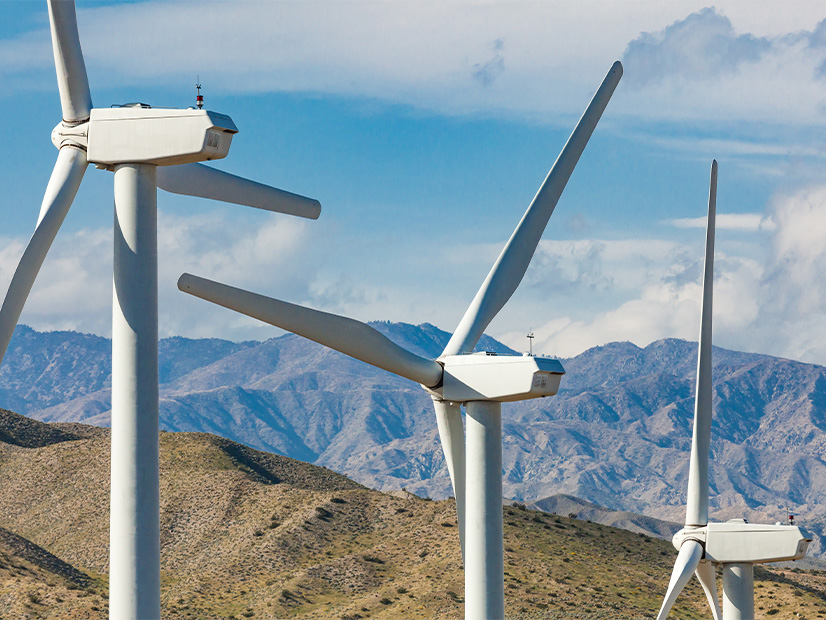NERC laid out its plan for developing standards to improve the reliability of inverter-based resources, primarily wind and solar generation facilities, in a filing with FERC on Jan. 18 in response to Order 901, issued by the commission in October (RM22-12).
The ERO’s work plan is meant “to provide a detailed roadmap to guide the effective and orderly development of reliability standards addressing IBR issues through 2026” in accordance with Order 901, NERC said in its filing. The order directed NERC to develop rules addressing IBR data-sharing, model validation, planning and operational studies, and performance standards, and submit the standards in annual tranches over the next three years starting in 2024. (See FERC Orders Reliability Rules for Inverter-Based Resources.)
FERC gave NERC 30 days to submit a standards development and implementation plan for informational purposes. The commission recognized in its order that the ERO had “already expended considerable effort” thinking about its approach to IBR-related standards; FERC therefore felt it was “not … necessary to approve NERC’s final work plan.”
The plan “contemplates a broad, cross-functional effort” involving ERO staff and industry stakeholders working together to identify gaps in current reliability standards, review NERC’s ongoing standards development projects, suggest new projects as needed, and “provide additional support and analysis” as development continues.
The organization identified four key milestones to be completed over the next three years, the first of which is the submission of the work plan itself. The remaining targets comprise the filing of reliability standards to address the following requirements:
-
- Performance requirements and post-event performance validation for registered IBRs (2024);
- Data-sharing and model validation for all IBRs (2025); and
- Planning and operational studies requirements for all IBRs (2026).
The standards associated with each milestone are to be filed by Nov. 4 of the respective year. NERC plans to assign projects under the 2024 milestone the highest priority; projects addressing the other two milestones “will be elevated in priority to assure timely completion” as the earlier projects are finished.
NERC identified three active projects as “essential for meeting [Order 901] directives” relating to the first milestone: Project 2021-04 (Modifications to PRC-002 – Phase II), Project 2020-02 (Modifications to PRC-024) and Project 2023-02 (Analysis and mitigation of bulk electric system IBR performance issues). The plan noted that these projects “may require some small adjustment to assure a timely completion,” and that the teams will need to coordinate throughout the year.
Additional goals for NERC in 2024 include identifying and defining, “from a technological standpoint,” the terms that will likely be used in the standards developed to address FERC’s directives, such as “inverter-based resource” and “distributed energy resource.” Establishing consistent technical understandings of these terms will reduce the need to harmonize the efforts of the various standard drafting teams working on similar topics, it said.
For the remaining milestones, NERC said “additional gap analyses” will be needed to incorporate currently active projects into the work. NERC’s standards development staff will work with the organization’s engineering teams and the Reliability and Security Technical Committee to identify the appropriate projects and determine what additional projects may be needed to address FERC’s objectives.



